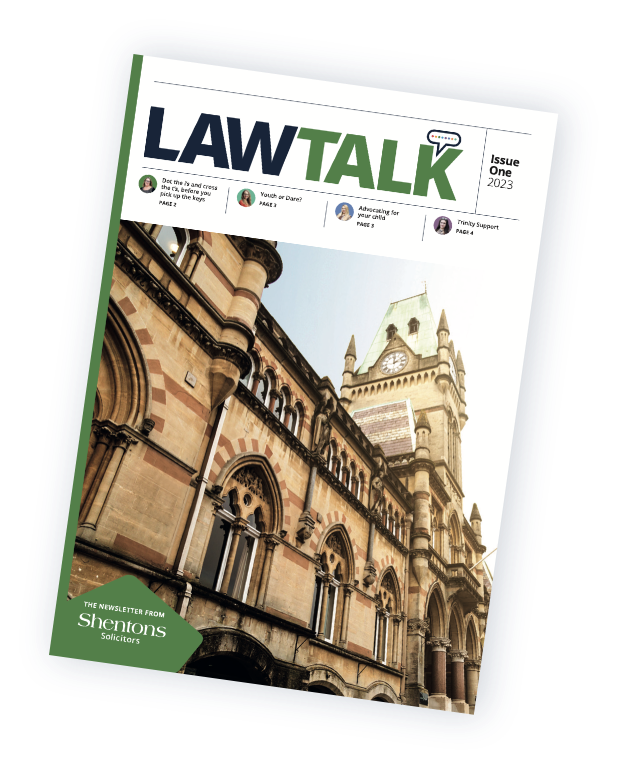In recent years we have seen an increased number of domestic violence cases where the victim has refused to give a statement but the Police have continued to bring a prosecution.

Victimless prosecution was introduced to try and protect victims who are too afraid to support the case. Body worn video evidence from the officers who attend the scene or a 999 call recording can be used in place of a victim’s statement as sufficient evidence to trigger an arrest and a prosecution at court.
But why would they do this?
For the majority of murdered adult women, the perpetrator was their partner or ex-partner. This stark fact has led to policy change and the police taking a different approach when called to a ‘domestic’. They are now looking to officially record these incidents so that they can monitor whether things escalate over time.
Not everyone is prosecuted. Those who are first-time offenders are often given ‘conditional cautions’ with conditions such as attending Domestic Abuse Courses. Cautions and Relationship Abuse (CARA) workshops act as an educational course and have proven to reduce reoffending rates by up to 35%.
This is not the first time that education instead of punishment has demonstrated a clear benefit to society. Speed Awareness Courses have been steadily increasing in use since they were introduced in 2003, and according to a 2015 AA survey, 82% of their members who attended a course said it made them a better or safer driver and 87% would recommend the course to someone else.
The dilemma arrives when the ‘victim’ says that they actively do not want a prosecution at all. We are told to place victims at the heart and centre of the justice system but then on what basis do we override their voice and right to choose?
All our latest news, articles, interviews, tips and more.
